When Google first introduced the Pixel 10 Pro Fold back in August, they painted an impressive picture of durability. Here was a device that could supposedly withstand around 180,000 fold cycles over approximately 10 years of regular use, complete with IP68 dust and water resistance and a titanium backplate designed to enhance structural integrity. But sometimes reality has a way of crushing even the most carefully crafted marketing promises, literally.
What happened next during JerryRigEverything's durability testing was not just a product failure. It was a spectacular, smoke-alarm-triggering disaster that raises hard questions about whether Google has learned from previous foldable missteps, and more importantly, whether the company can compete with Samsung's established dominance in the foldable market.
When premium engineering meets catastrophic failure
Here is the setup. Zack Nelson from JerryRigEverything has been putting smartphones through the wringer for nearly a decade. The protocol is familiar by now: scratch tests, dust infiltration checks, and the bend test everyone braces for.
The Pixel 10 Pro Fold started showing problems almost immediately. During the bend test, the device fractured along its antenna line, the same structural weak point that has been plaguing Google's foldables for three consecutive generations. Antenna lines create radio pathways, but they also act as stress risers that funnel bending forces into small areas, leaving the frame primed for a catastrophic break.
Then things went from bad to unbelievable. When Nelson kept applying pressure to the damaged phone, the battery experienced thermal runaway, resulting in an explosion that generated enough smoke to trigger a fire alarm. Not a cracked screen. An actual safety hazard.
Breaking new ground in smartphone failures
And here is the part that sticks. In over ten years of durability testing smartphones, Nelson had never witnessed a device explode during his standard testing procedures. Hundreds of phones, the same playbook, no explosions, until now.
Why did this one blow? Because the antenna line break created a pinch point that compressed the battery's internal layers, causing a short circuit that released the battery's energy in one violent burst. Structural weakness led to battery compression, which triggered thermal runaway, a chain reaction that turned a bend into a blast.
What makes it land even harder is that Nelson has subjected every mainstream smartphone made in the past 10 years to these exact same tests, and this is the first time he has ever had one fail so spectacularly. The takeaway is not just about one phone. It is about how foldable compromises can collide with lithium-ion reality.
Beyond the explosion: multiple system failures
The battery blast was not the only failure. Despite the IP68 talk, the device's hinge mechanism allowed sand particles to infiltrate and become lodged inside, creating audible grinding noises during operation. You can hear the grit.
That points to a broader problem with durability ratings on foldables. The IP68 rating appears to apply to certain components rather than the entire device, especially the hinge, which is mechanically complex. Consumers see IP68 and assume full-body armor. The hinge tells a different story.
The test also reiterated a known truth about foldable displays. The inner screen remains extremely fragile, showing damage from even fingernail contact. You gain screen real estate and flexibility, and you give up the toughness of glass.
What this means for Google's foldable future
Here is the part that worries me. Google's foldable design has broken at the same structural weak point for the third year in a row. That is not a fluke. It looks like a design corner Google has not been able to escape. They need antenna lines for radio performance, yet those lines undercut the frame.
To be fair, iFixit's Elizabeth Chamberlain notes that thermal runaway is an inherent risk with lithium-ion batteries and may not indicate a specific design flaw. The stresses in these tests are extreme, and new phones often ship at 60 percent or more charge, which raises the stakes when something goes wrong.
Context matters, though. Even if batteries are volatile when crushed, the structural failure that led to that crush puts Google behind Samsung, whose Galaxy Z Fold7 series has consistently shown stronger results in similar trials. When Nelson calls this the weakest folding phone he has ever tested, he is saying the quiet part out loud in a market where durability is the deciding vote.
Bottom line, Google pitched the Pixel 10 Pro Fold as its most durable foldable yet, with a titanium backplate and promises of decade-long reliability included. Under stress, it failed more spectacularly than any smartphone in recent memory, and it did so in a space where Samsung already looks like the durability leader. That is not just a technical hiccup for Google. It is a strategic problem that could decide whether it stays relevant in foldables or fades into the footnotes.
For anyone shopping for a foldable, this is a loud reminder that the category is still young and that the badge on the hinge matters. The potential is obvious. The execution, clearly, is not uniform.




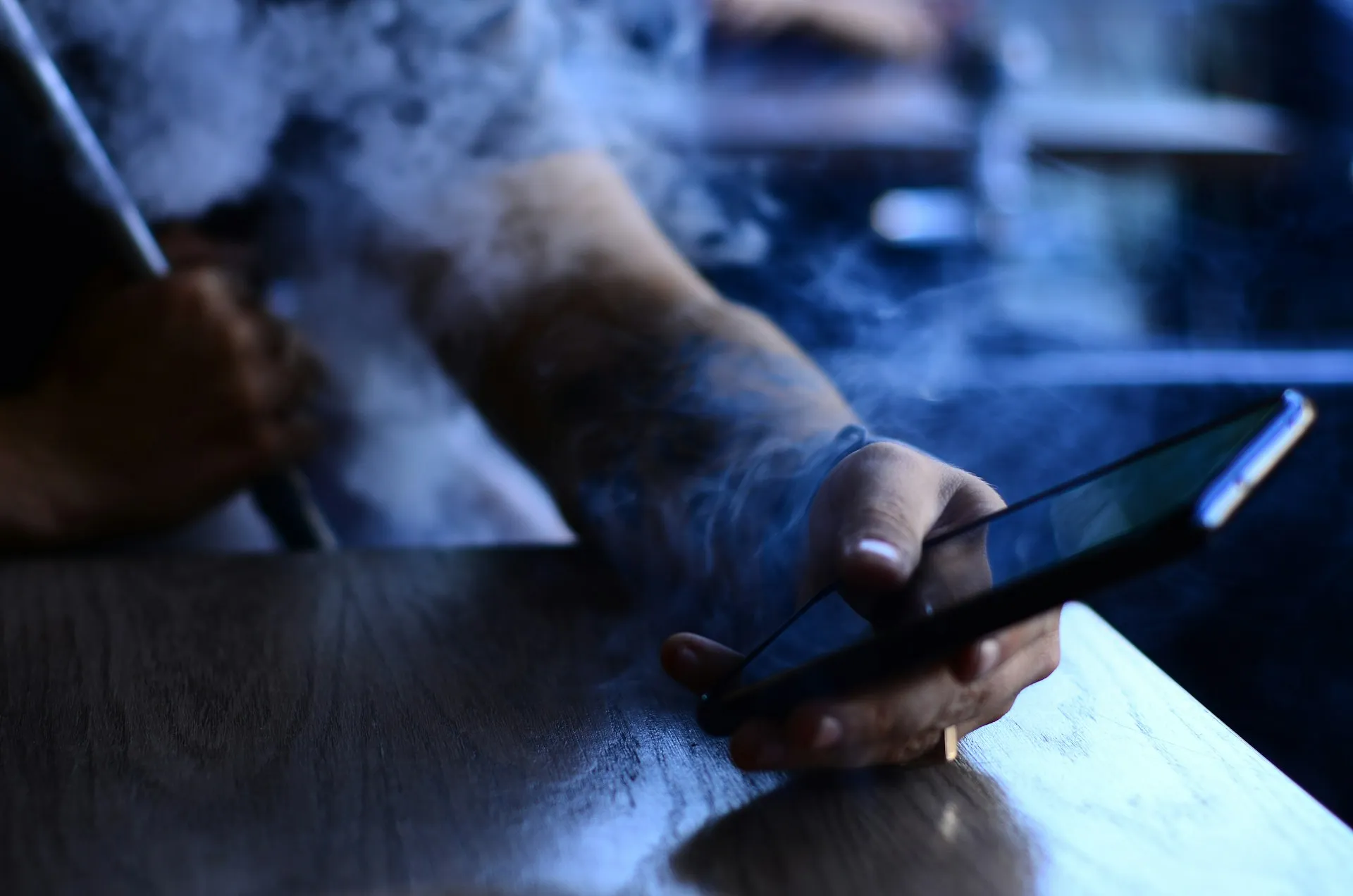

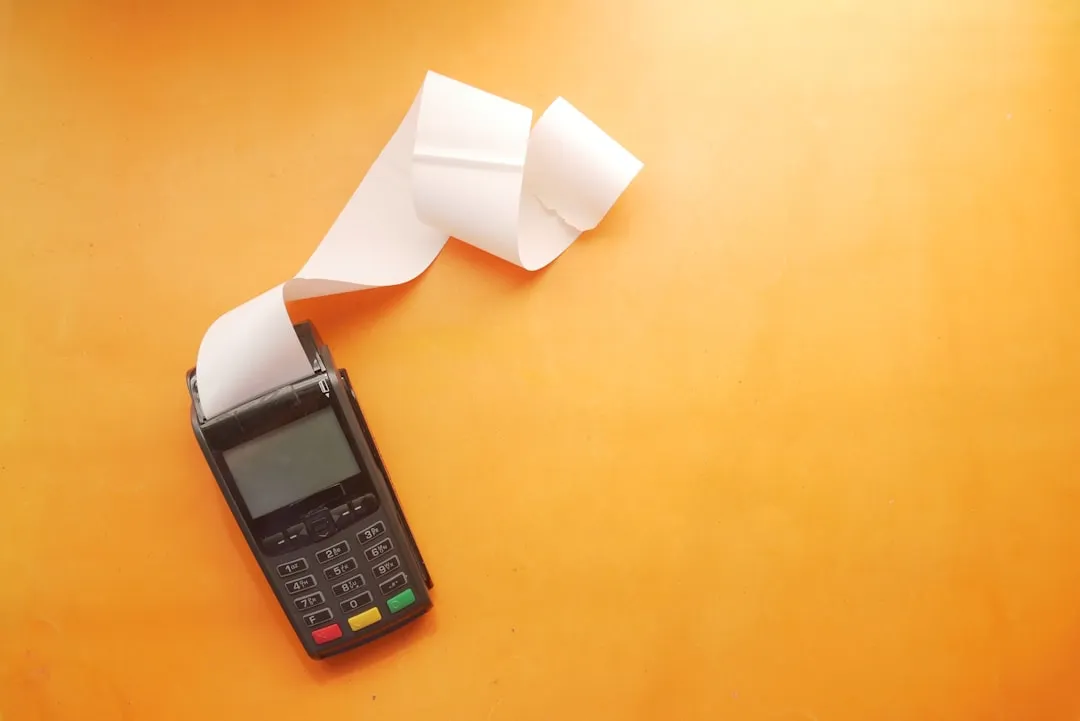

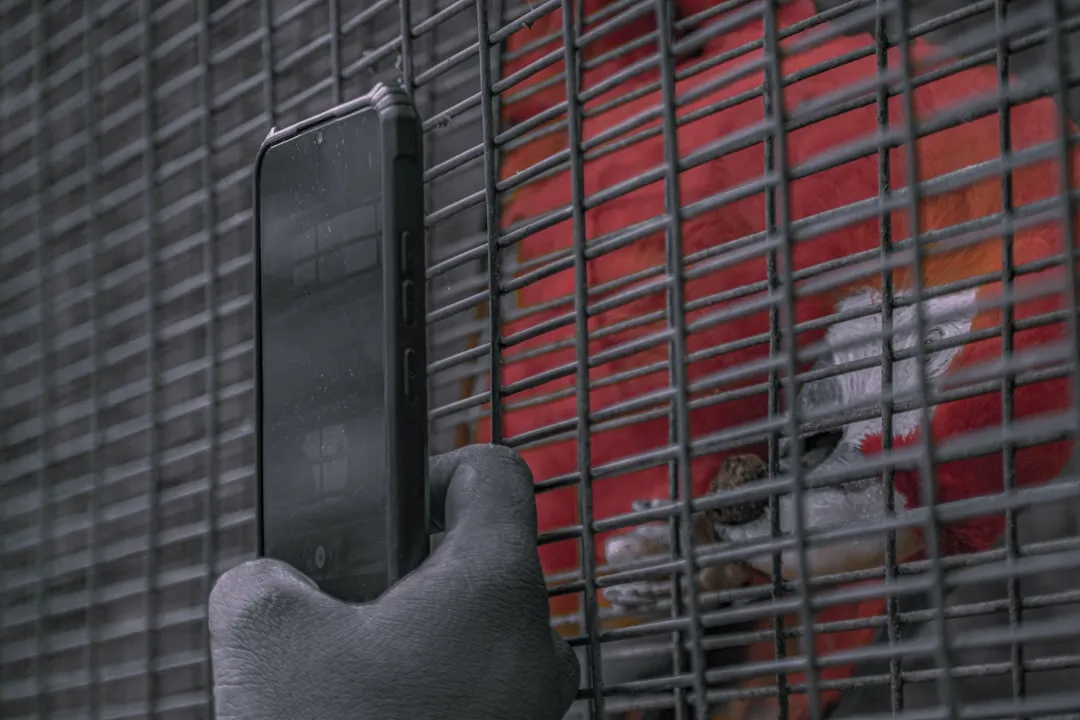
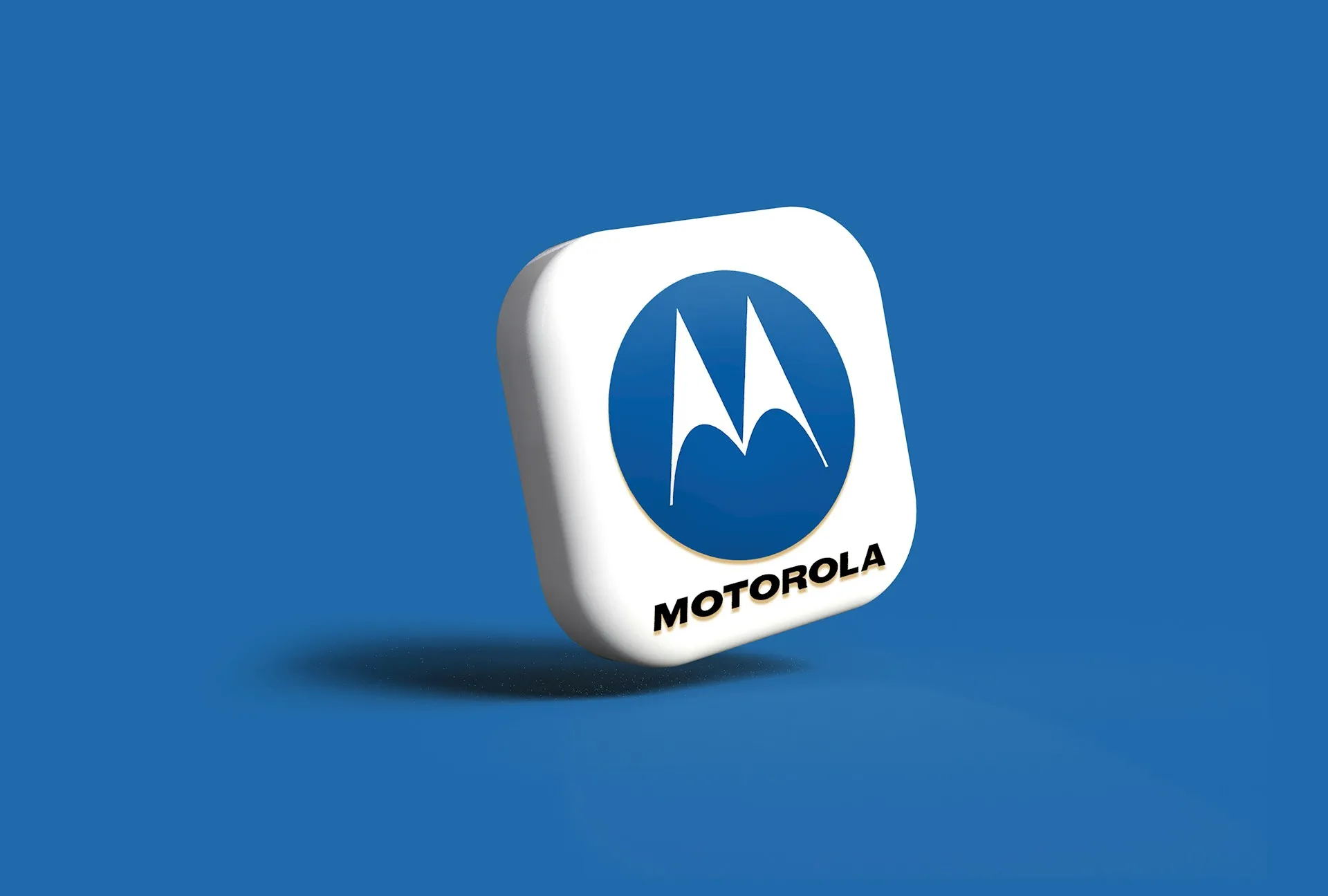
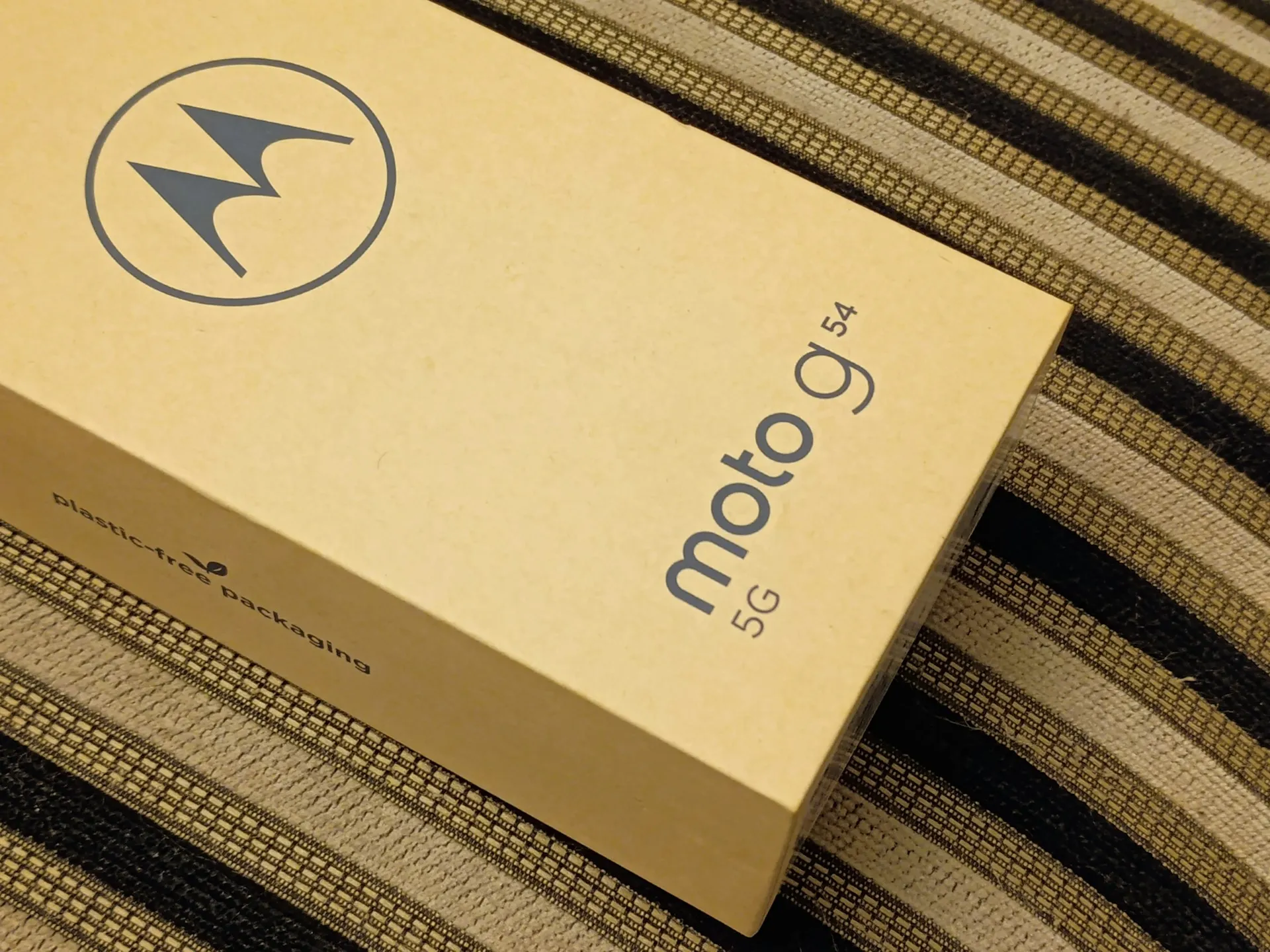
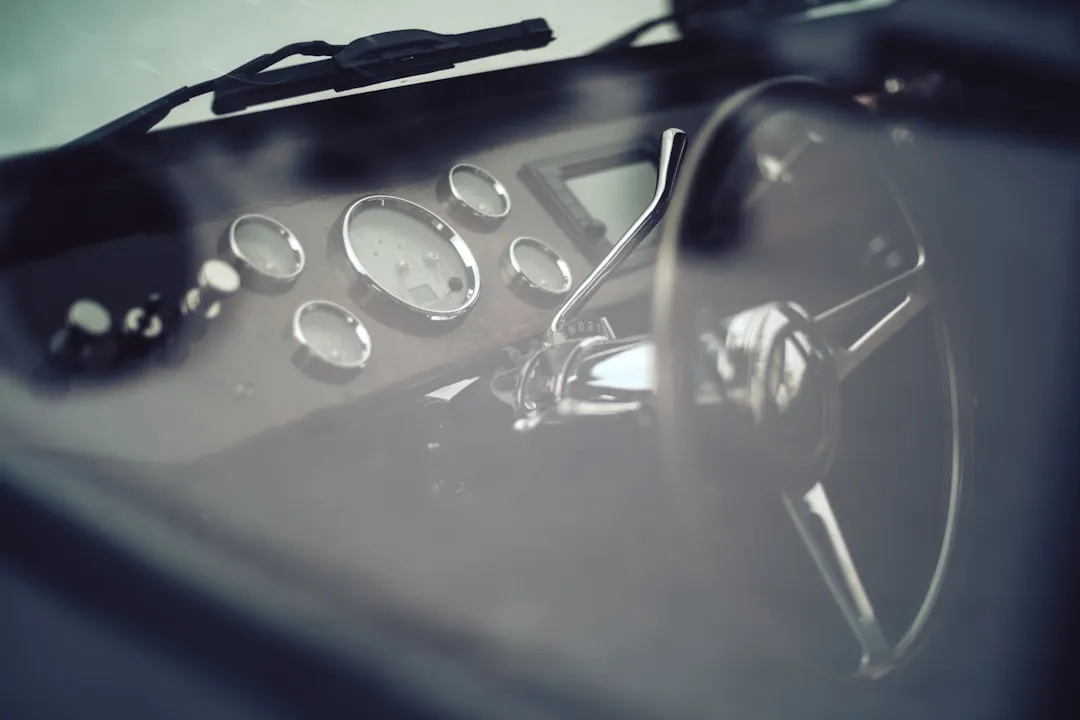
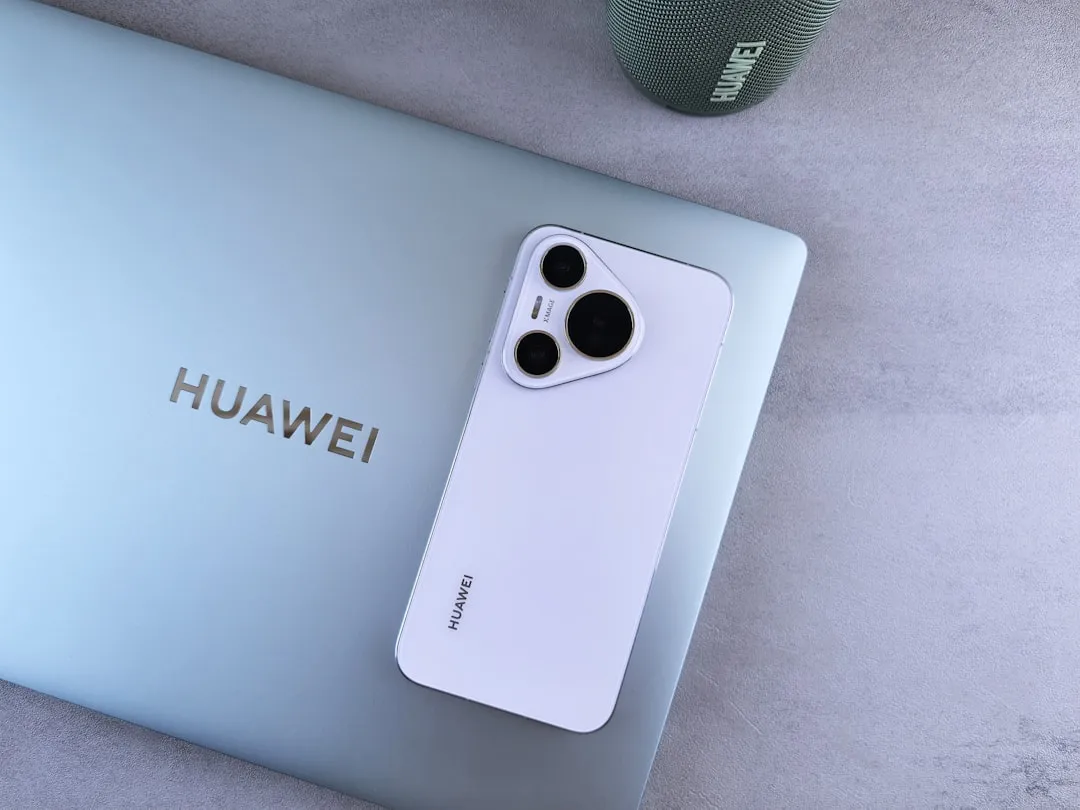
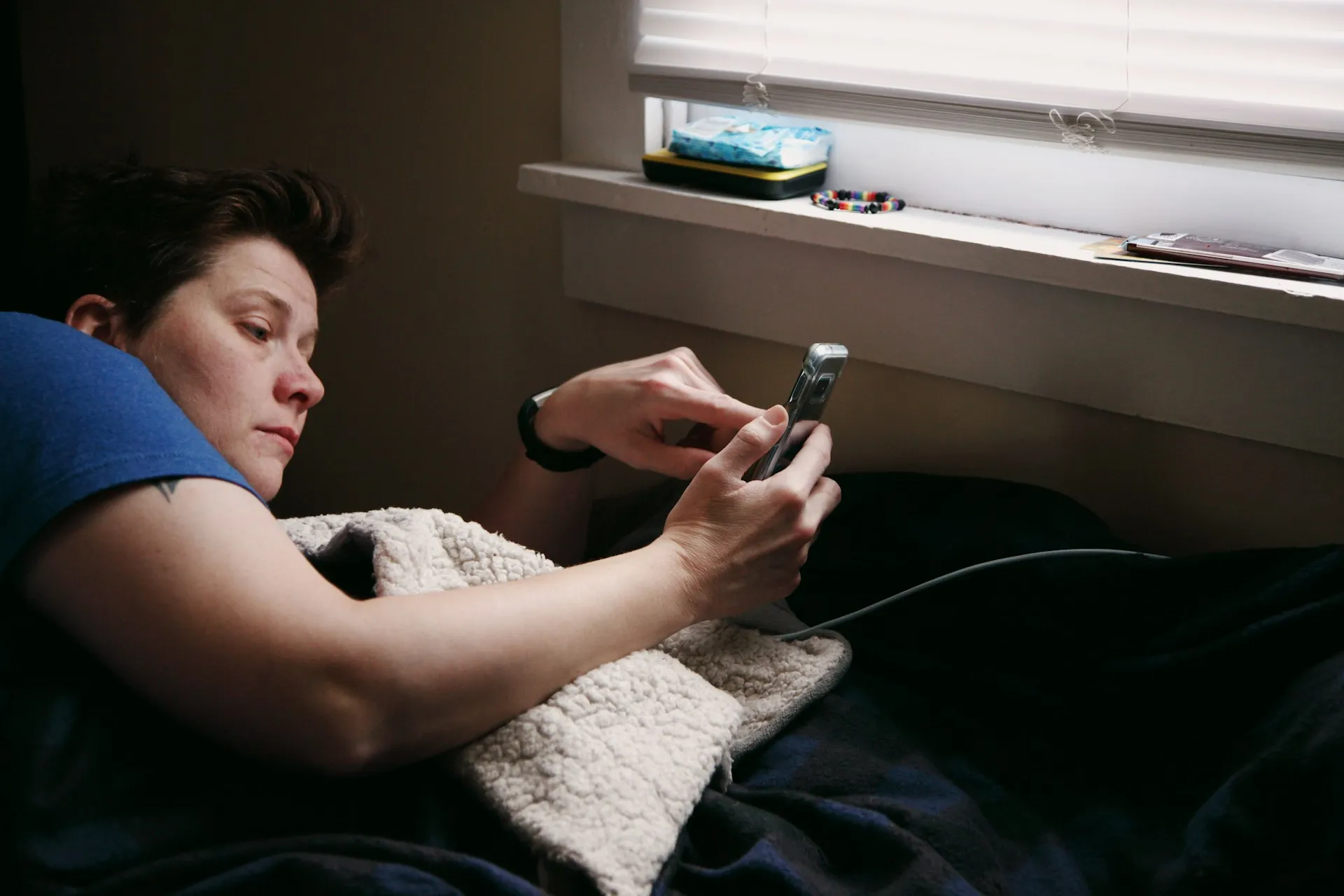
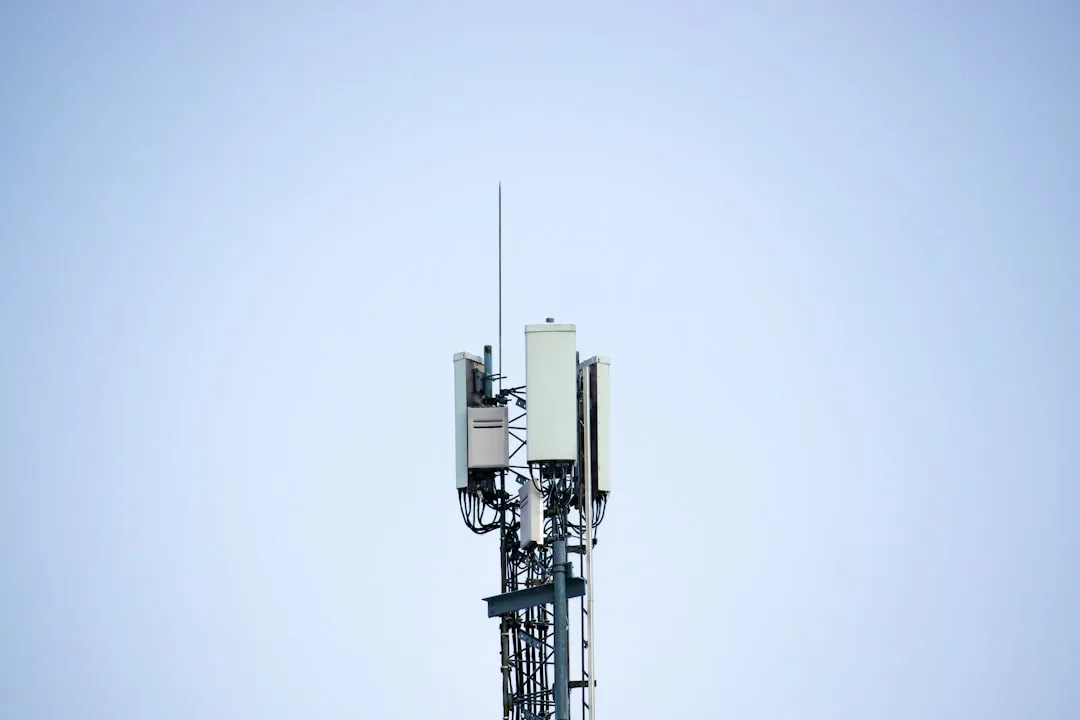
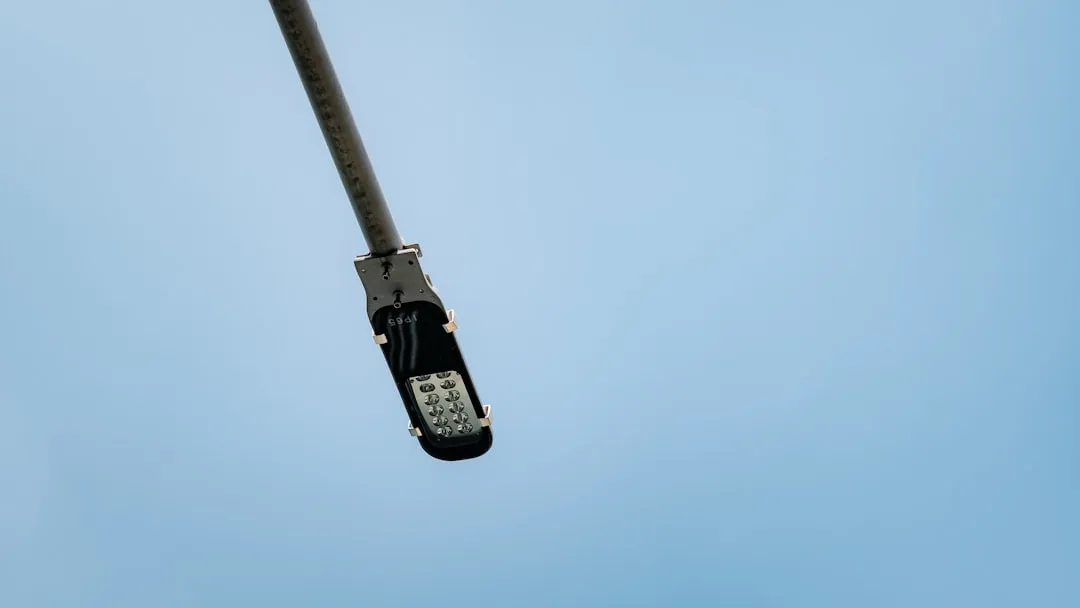

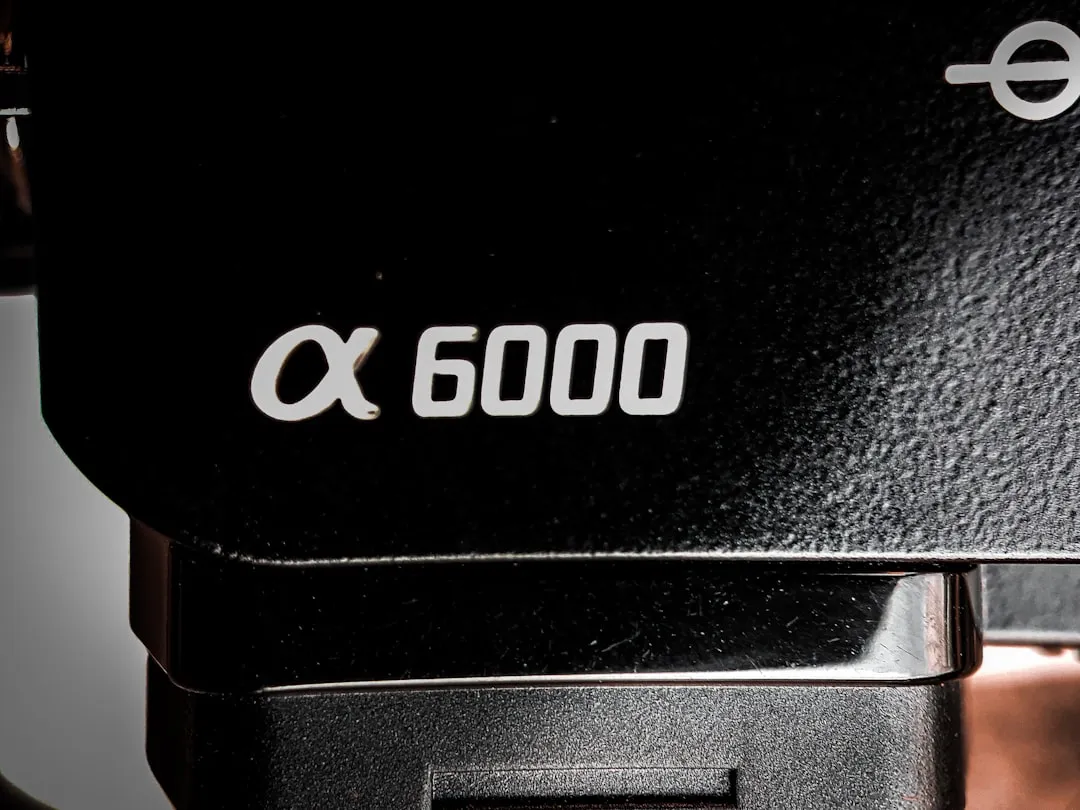
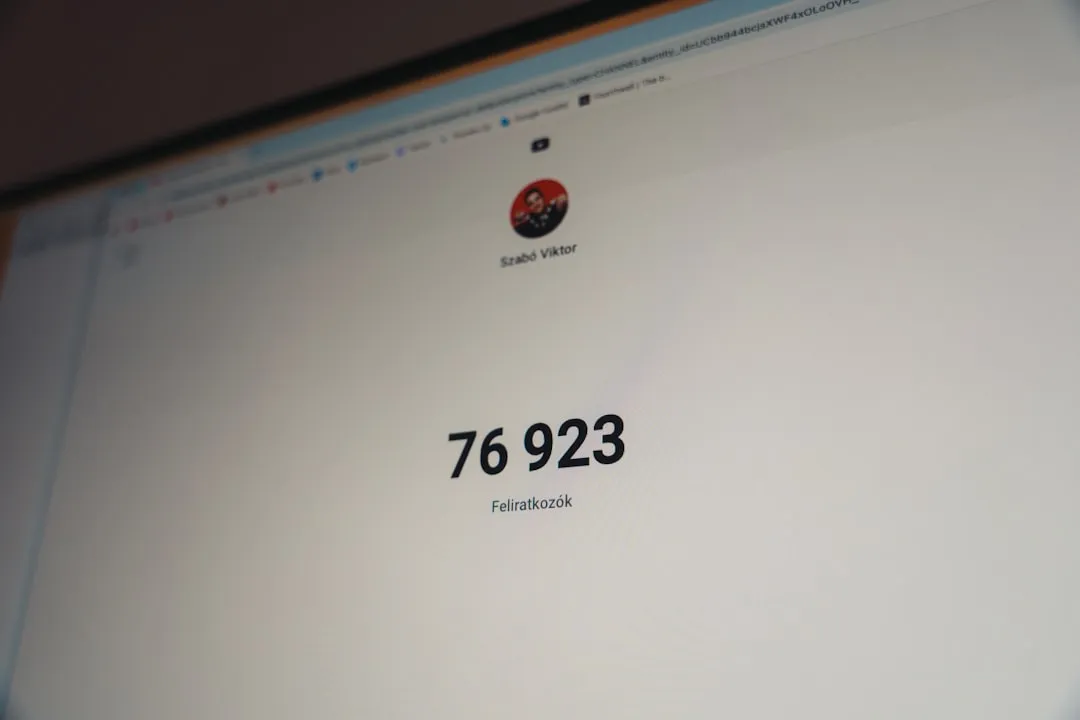

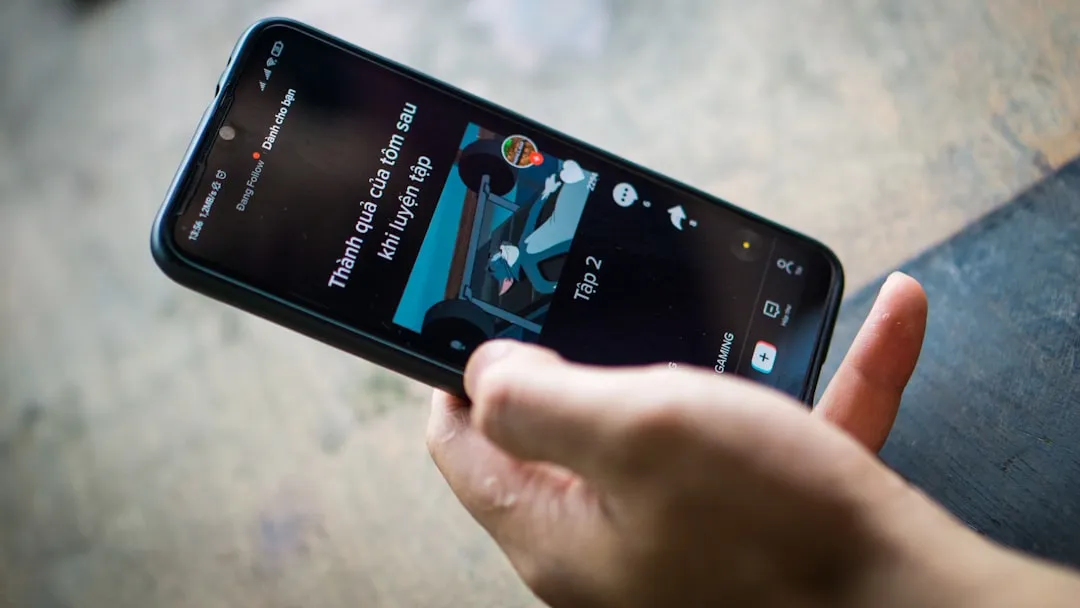
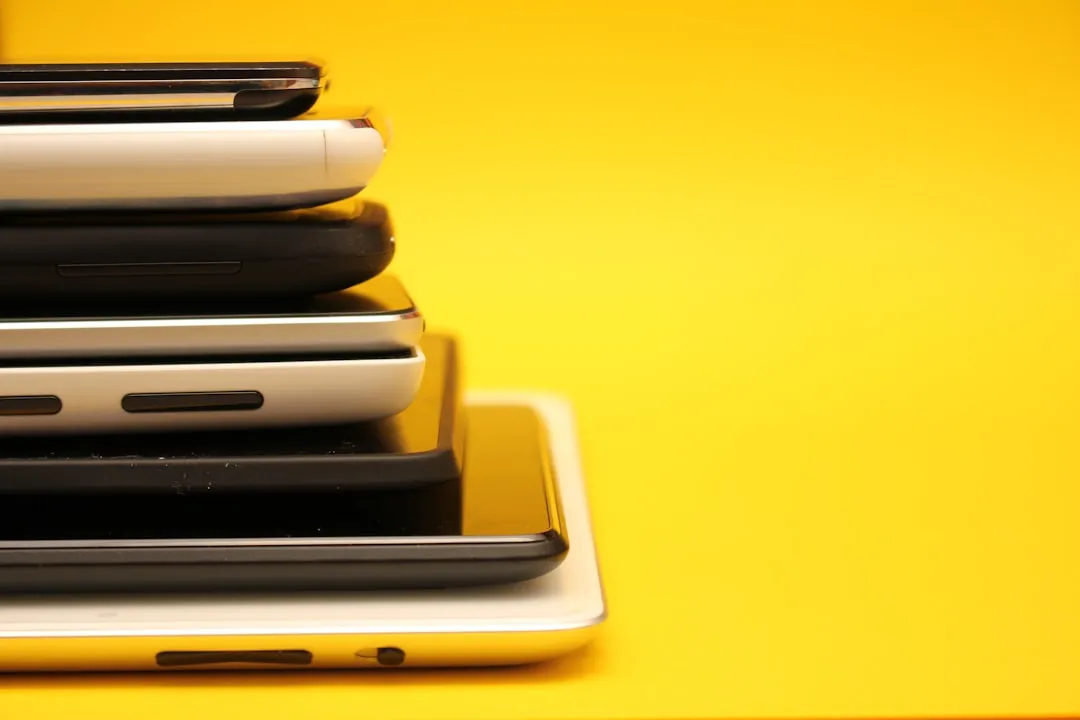

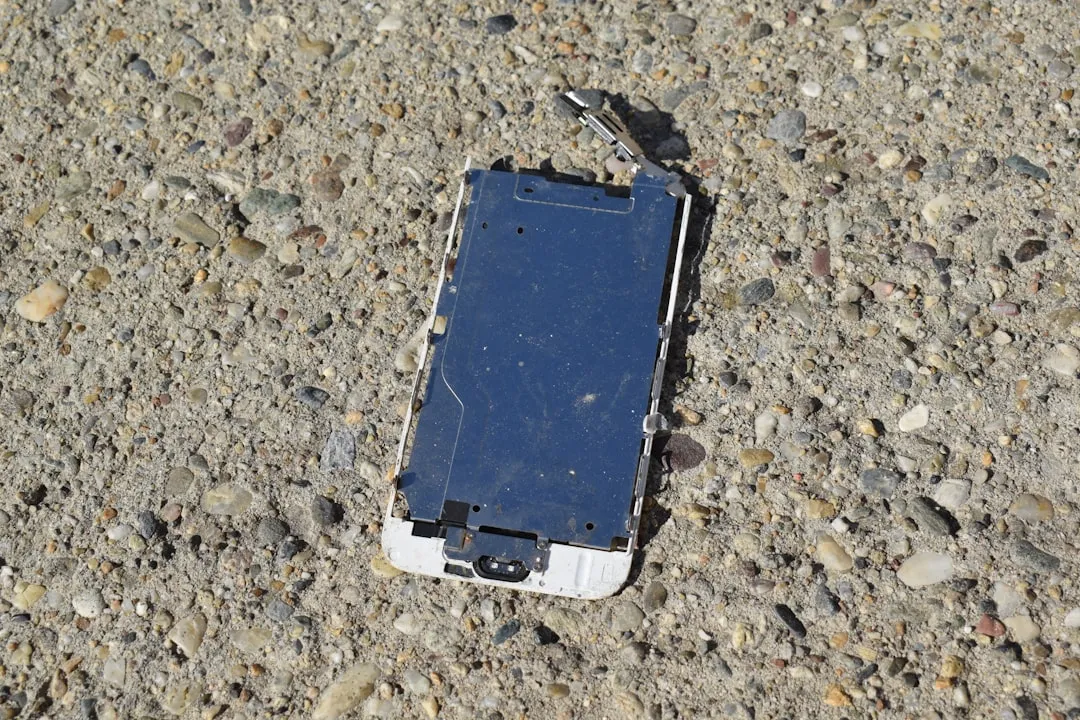
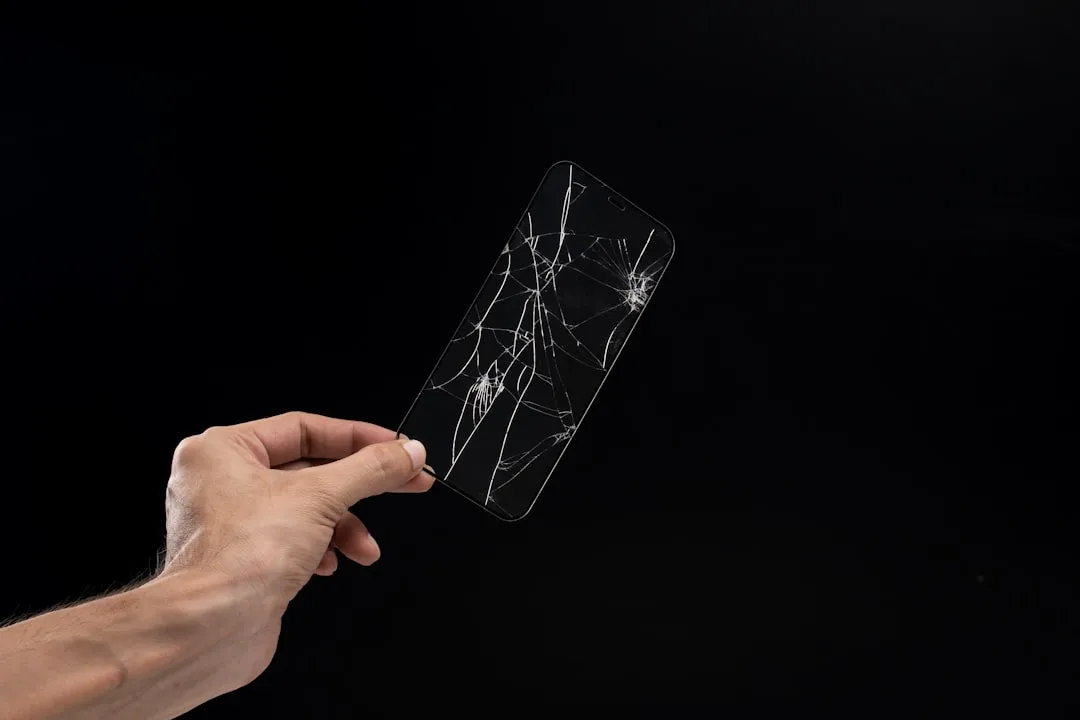
Comments
Be the first, drop a comment!